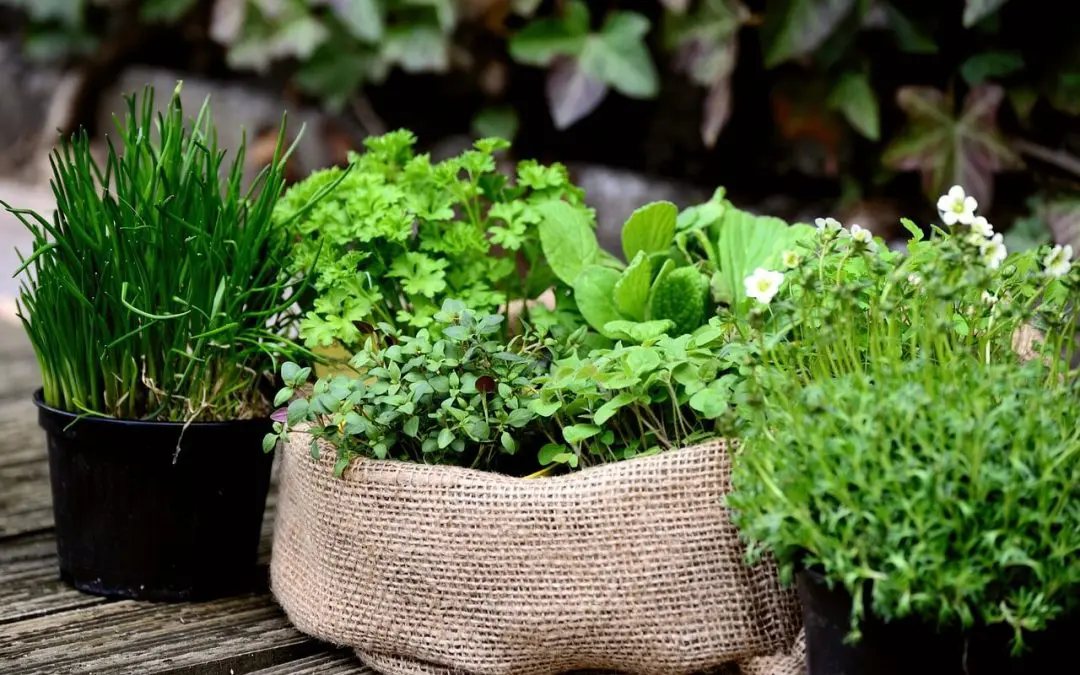As the calendar changes from summer to autumn, update your garden beds too. There are several fall gardening tasks to complete as the weather cools and bulbs, veggies, and trees to plant in the fall.
What to Plant When Gardening in the Fall
Clean Before Fall Gardening
Remove plants that aren’t performing well as summer ends. Pull up crops that are wilted or suffer from pests or diseases. If you have garden plants that have already gone to seed, remove the seed pods to save them for the next season. Complete general maintenance tasks, such as weeding, and add mulch to garden beds for protection during the winter.
Fall Gardening: Transplant Young Trees
Trees planted in the fall have reduced growth of branches and leaves due to cooler temperatures. Instead, the tree spends its energy creating a robust and stable root system. This makes fall a good time to transplant young trees. Once planted, the trees will need to receive plenty of water – from rain or irrigation – while establishing their root systems to be in great shape come spring.
Plant Spring Bulbs in the Fall
Plant spring-flowering bulbs such as crocuses, lilies, tulips, and daffodils in the fall. Some varieties require a cold period during the winter for the plant to flower in the spring. Plant bulbs throughout the fall until the ground freezes. Add most bulbs to the garden in areas that receive full sun; check each variety’s sun and water requirements to find the best place. Mark the planting location of the bulbs with a plant marker or stone until they emerge in the spring. Labels remind you what was planted.
Divide Perennial Plants
Some perennial plants, such as daylilies and hosta, must be divided to remain healthy. Divide perennials to give roots more room to grow, stimulate new growth, and increase the number of plants. Divide fall-blooming perennials in the spring, but perennials that bloom in the spring or summer should be divided and planted in the fall.
To properly divide the plants, dig up the parent carefully, removing it from the ground or its container. Gently remove the soil from the roots. Separate the roots by hand or with a garden fork; each division of the parent plant should have a few strong shoots and a healthy root system. Transplant the new divisions in the garden and water well. Ensure the new divisions have at least four to six weeks to establish in their new location before the first freeze.
Transplant Vegetable Plants in the Fall
Cold-hardy vegetable varieties like broccoli, lettuce, cabbage, kale, Swiss chard, cauliflower, and spinach thrive in cooler weather. It’s usually too late to grow vegetables from seed in the fall. Instead, purchase seedlings from a local nursery for your fall harvest. Choose healthy plants, transplant them into the garden, and provide sufficient water. Bulbs such as onion or garlic require a long growing season with a cold period, so fall is the perfect time to incorporate them into your garden.
Fall gardening is an excellent opportunity to spend time outdoors in the pleasant weather. Add texture and color to your property by tending the flower beds and improving the landscaping. The cooler temperatures are ideal for adding new trees, spring-blooming bulbs, and fall vegetables.
Jones & Cooper Home Inspections offers inspections for homebuyers and sellers in the Metro Louisville area. Contact us to request our services.

